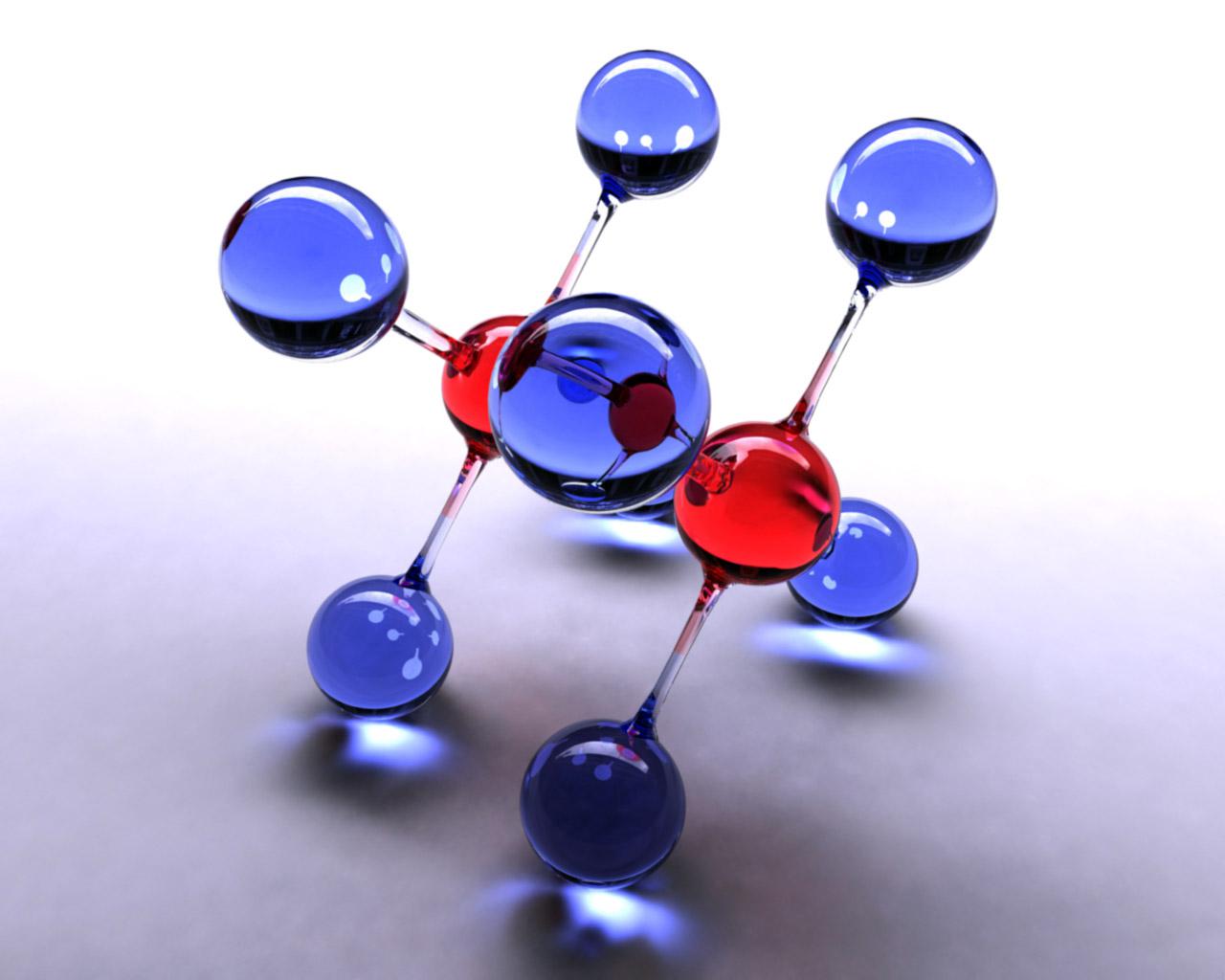Russian scientists have attracted a neural network to search for anticancer drugs

Cancer diseases are extremely diverse and their nature also varies. The search for effective drugs and treatments for cancer is one of the most important tasks of modern medicine. Scientists around the world are looking for an opportunity to increase the effectiveness of treating patients with cancer.
The combined team of specialists from the Mail.Ru Group , Insilico Medicine and MIPT decided to try to involve a specially trained neural network in the search for anticancer drugs. The problem is that creating an effective medicinal anticancer drug is a very difficult task. Usually this process takes years. But if you use modern technology, then the search for such substances is reduced by several times, and the cost of work is reduced in the same way.
The situation is complicated by the fact that now the number of different chemical compounds known to man is tens of millions. Only a small fraction of these compounds are used in medicinal preparations. In medicine, they mostly use old medicines to create new, more effective ones. Qualitatively new drugs are relatively rare. The problem is that among all the millions of chemical compounds there may well be a substance that is an effective medicine against a complex disease, the same cancer.
')
But how to determine what substance is suitable for use in medicine? It will take a person years to analyze at least a few percent of already known compounds. In this, of course, can help computer technology. In particular, self-learning neural networks.
The neural network was created on the basis of the architecture of so-called competitive autoencoders, which, in turn, is a kind of generative adversary networks. For training the neural network, specialists used molecules with already known healing properties, indicating the effective concentration of each substance. First, the neural network was trained using three components. It is an encoder, decoder and discriminator. The first component together with the second compressed and restored information about the original molecule. The discriminator, on the other hand, made it possible to obtain a compressed picture of the molecule most suitable for subsequent recovery. After working with a large number of known molecules, work began with unknowns, and the first two components were turned off.
In order to “feed” the neural network information about a chemical substance, the usual formula is not enough. We need a so-called fingerprint, an informational imprint that contains all the information about the molecule. The fact is that a neural network needs the same description length of an object for its learning, in this case a chemical compound molecule. Specialists have formed fingerprints based on already known molecules of chemical compounds, as mentioned above. Information was “fed” to the neural network a large number of times, until the network itself learned how to generate fingerprints of molecules. Russian scientists succeeded in creating prints for 72 million molecules, after which they compared the informational prints generated by the neural network with the base.

Source: corp.mail.ru
In this project, knowledge of what about the qualities of molecules of substances that are suitable to be a medicine has become a good help. Based on these criteria, the base and fingerprints were compared. “We made a neural network of the generative type, that is, able to create similar things on which she was trained. We have trained the network model, which is able to create new fingerprints with specified properties, ”says one of the authors, MIPT graduate student Andrei Kazennov.
In order to test the performance of the neural network, specialists used the patent base of substances that are already known to be effective anticancer drugs. Initially, the network was trained on the part of the dosage forms and then tested on the second part. The effective work of the neural network would be recognized if it could predict the already known forms of substances, which, however, were not in the training set. And the neural network was able to cope with this task. For several dozen of the substances indicated by her, which may be anti-cancer drugs, many are indeed such and have patents.

“Generative adversarial networks with reinforcement training are the future of pharmacology. In this article, we showed the first use of generative competitive autoencoders, GANs, to create new molecular structures of anticancer drugs according to certain parameters. This work was done in the summer, and since then we have made significant progress in this direction. I very much hope that soon we will be able to develop individual medicines for the treatment of rare diseases and even for the treatment of individual patients. Already this year, artificial intelligence will begin to transform the pharmaceutical industry, ”says one of the authors of the study, Alexander Zhavoronkov.
The search for drugs that can have an effective effect on cancer cells continues. And more and more companies are doing this. For example, a similar work is performed by the Watson cognitive system , created by IBM.
Source: https://habr.com/ru/post/401451/
All Articles